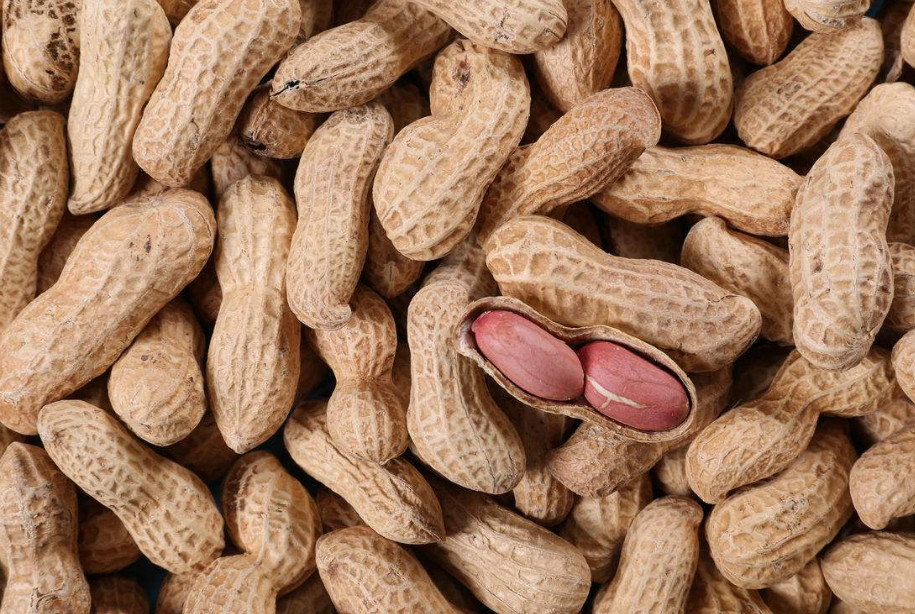Peanut sheller shelling
As the area of peanut planting in China has increased year by year, the demand and requirements for flower shelling machinery have become higher and higher, and the research and development of peanut shelling machine has been paid more attention.
Microwave drying machinery
The quality of the shelling of peanuts and the degree of damage of peanut kernels directly affect the sale price and storage time.
At present, the peanut shelling machine is mainly used to fight the scorpion-shaped rod roller-grid gravure screen type and the extruded bismuth rubber roller-rubber floating concave plate type. At present, the main problems of flower shelling machinery are low removal rate, high flower breakage rate and poor stability.
In view of the main problems existing in the current shelling process of peanuts, the company has reshaped the surface of the striking parts in the shelling device, that is, the surface is designed into a spiral shape, and the shelling performance test is carried out, and the peanuts are commercially available. The sheller was tested and compared.

The hitting part of the original peanut shelling device is an iron hollow sleeve, the surface of the tube is smooth, and the peanut pods are struck and squeezed during the working process.
Shearing effect. Hollow sleeve is lighter in weight and has a crushing power on peanut pods
Small degree, so the peanut pods are not easy to break, leading to the peeling of the peanut sheller
The rate is low.
According to the structure of the original shelling device and its existing defects,
Improve the design. The striking part is designed to be iron solid and has a spiral shape with a pitch of 5 mm. The improved component can not only increase the impact force during work, but also increase the roughness and working area of the surface of the working component, so that the shelling device not only has the effect of striking and squeezing the peanut pod, but also shearing. The role.
In the shelling operation of peanuts, the function of the gravure screen is mainly to separate the peanut shell from the peanut kernels, and to squeeze the peanut pods with the hitting parts, and to sort and break the peanut kernels. An important role. The position of the peanut pods is mainly in the horizontal direction, so it is only necessary to study the width and thickness of the peanut pods and peanut kernels. Randomly selected 50 seeds of the most common four red peanuts, measured the width and thickness of peanut pods and peanut kernels, and analyzed the length and thickness of the peanuts. The width range of peanut pods was mainly distributed between 13 and 14 mm. The thickness range is mainly distributed around 14mm; the width and thickness range of peanut kernels are mainly distributed around 7~9mm.
in conclusion
1) The surface of the hitting part is designed to be a spiral line with a pitch of 5 mm.
2) The spacing of the ribs of the concave screen is set to 9mm, and the distance between the concave screen and the board is set to 13mm.
3) By orthogonal test, range analysis and analysis of variance, the whole part of the hitting part in the form of solid spiral is better than the hollow iron tube. When the rotation speed is 330r/min, the removal rate is 99.88% and the damage rate is 0. .78%.